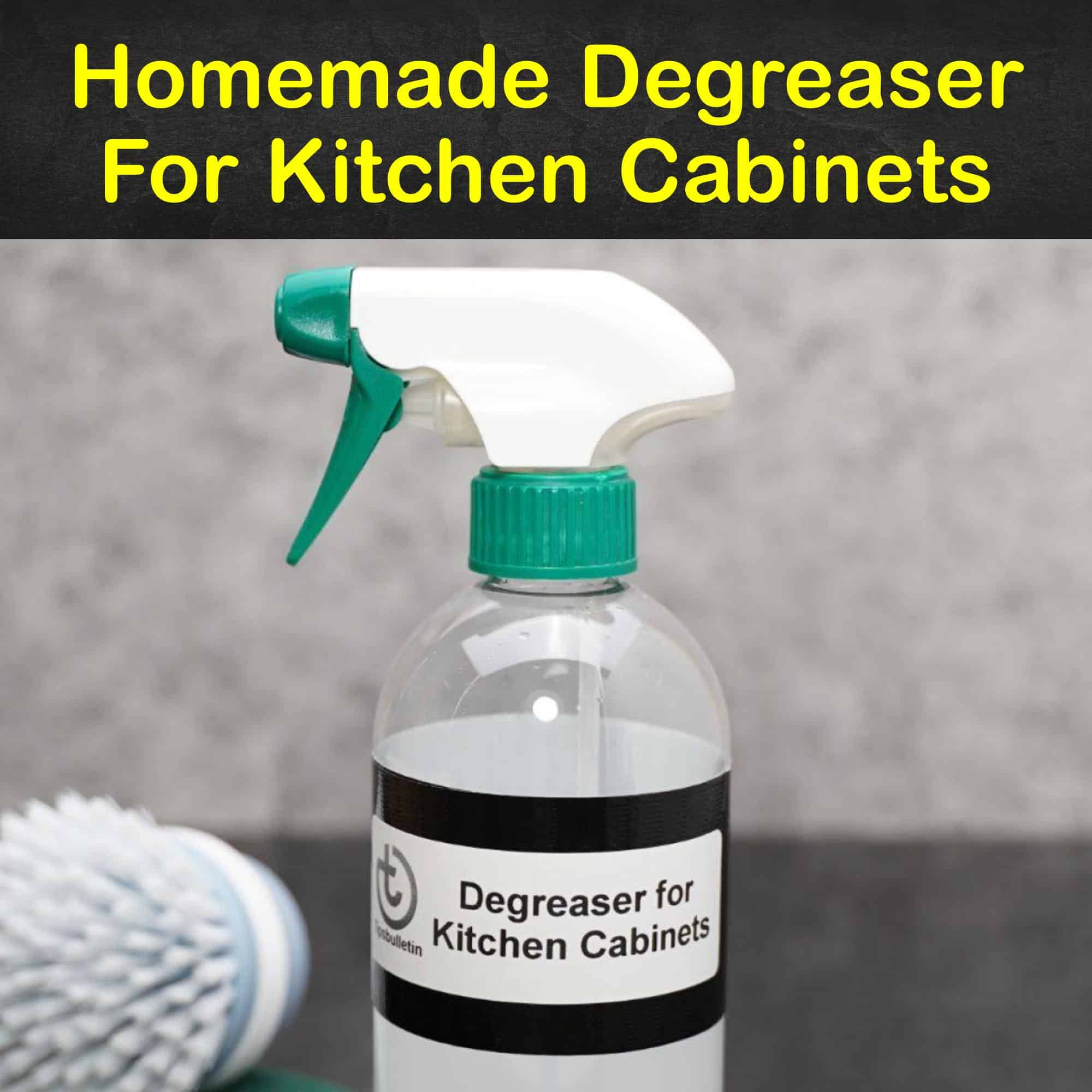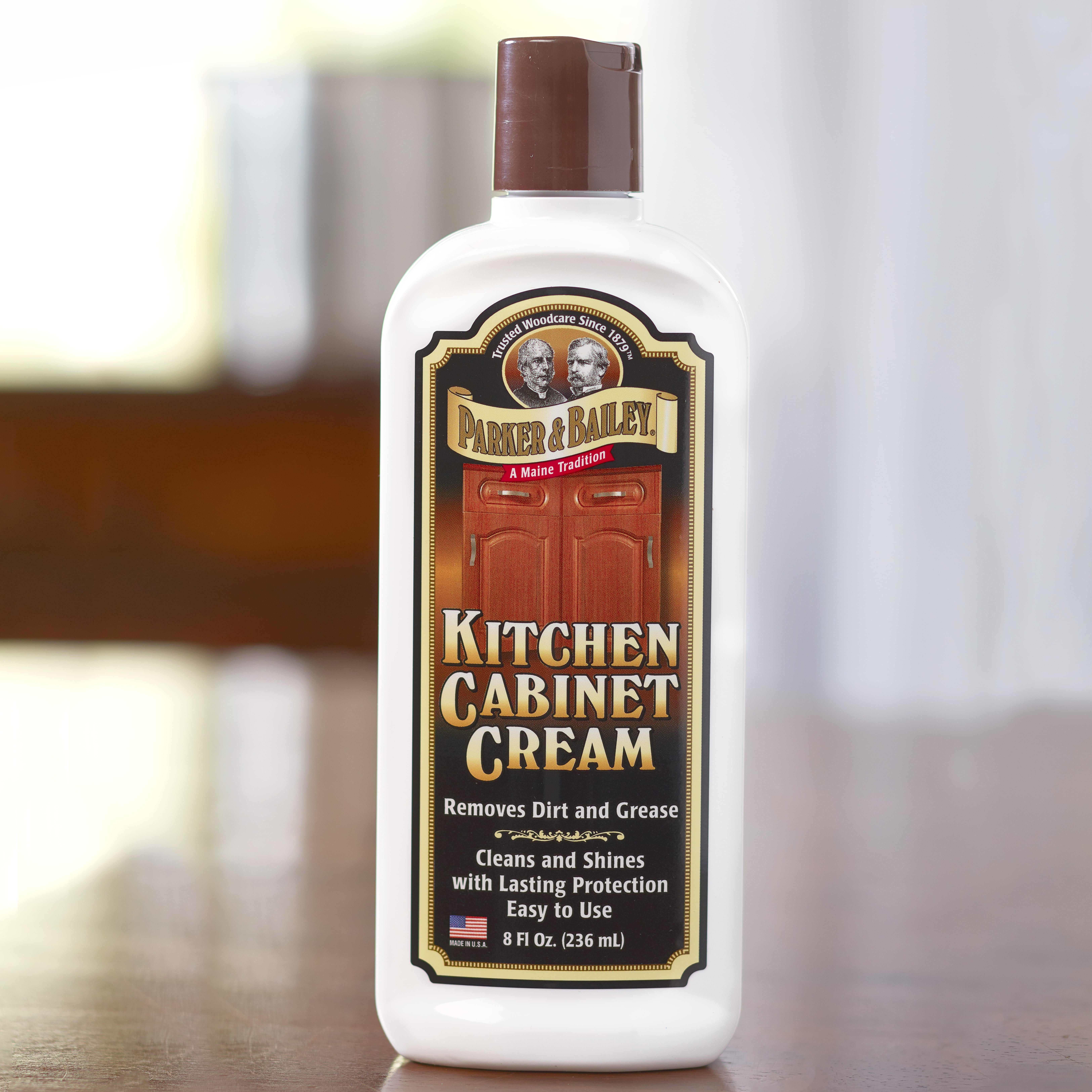Effective Degreasing Techniques

Ready to tackle those greasy cabinets and make them shine? Let’s get down to business with some serious degreasing techniques that’ll leave your cabinets looking like they’ve never seen a drop of oil (or maybe just a little bit of oil, for that delicious smell).
We’re going to talk about the best ways to use wood cabinet degreasers safely and effectively. We’ll walk through the steps, from prepping your cabinets to the actual degreasing process, and we’ll even throw in some tips to avoid common mistakes that could leave your cabinets looking worse than before.
Preparing the Cabinets, Degreaser for wood cabinets
Before you unleash your degreaser on your cabinets, you need to get them ready for the big clean. Think of it like prepping your battlefield before a culinary war (because, let’s be honest, grease is the enemy here).
- Clear the Area: First things first, clear the area around your cabinets. Remove anything that could get in the way or be damaged by the degreaser. This includes dishes, appliances, and anything else you’d rather not have a close encounter with the cleaning solution.
- Dust and Wipe: Next, give your cabinets a good dusting. This will remove any loose debris that could interfere with the degreasing process. Then, wipe down the cabinets with a damp cloth to remove any remaining dust or grime.
- Protect the Surrounding Area: Now, protect your surrounding surfaces. Cover countertops and floors with plastic sheeting or drop cloths to prevent any accidental spills from damaging them. You don’t want to go from greasy cabinets to a greasy kitchen floor.
The Degreasing Process
Now it’s time to get down to business! This is where the real magic happens. Remember, you’re about to unleash a powerful cleaning agent, so be careful and follow these steps:
- Choose Your Degreaser: Pick a degreaser specifically designed for wood cabinets. There are plenty of options out there, so do your research and find one that’s safe for your cabinet type and finish. Don’t just grab the first bottle you see!
- Test in an Inconspicuous Spot: Before you go all out, test the degreaser on a small, inconspicuous area of your cabinet. This will help you ensure that it doesn’t damage the finish or change the color. You wouldn’t want to turn your beautiful cabinets into a science experiment gone wrong.
- Apply the Degreaser: Once you’ve confirmed that the degreaser is safe, apply it to the cabinets according to the manufacturer’s instructions. Usually, this involves spraying the degreaser onto the surface and letting it sit for a few minutes. Don’t forget to wear gloves to protect your hands from the degreaser.
- Scrub and Rinse: After the recommended dwell time, scrub the cabinets with a soft cloth or sponge. Use gentle, circular motions to remove the grease and grime. Rinse the cabinets thoroughly with clean water to remove any residue. You want those cabinets sparkling, not sticky.
- Dry Thoroughly: Finally, dry the cabinets completely with a clean cloth. Make sure to get into all the nooks and crannies. You don’t want any moisture trapped, which could lead to mildew or other problems.
Common Mistakes to Avoid
We’ve all been there. We’ve all made mistakes, even when it comes to cleaning. But with degreasing your cabinets, some mistakes can be more costly than others. Here are a few common pitfalls to avoid:
- Using the Wrong Degreaser: Don’t just grab the first degreaser you see. Make sure it’s specifically designed for wood cabinets. Using the wrong degreaser can damage the finish and leave your cabinets looking worse than before. Remember, not all degreasers are created equal. Some are meant for tough jobs, while others are gentler for delicate surfaces.
- Leaving the Degreaser on Too Long: Follow the manufacturer’s instructions for the recommended dwell time. Leaving the degreaser on too long can damage the finish. Think of it like a hair dye situation: leave it on too long, and you might end up with a color you didn’t intend.
- Using Harsh Scrubbers: Don’t use harsh scrubbers like steel wool or abrasive sponges. These can scratch the surface of your cabinets. Stick to soft cloths or sponges. Remember, gentle is the key here. You’re not trying to sand down your cabinets, just clean them.
- Skipping the Rinse: Don’t skip the rinse! Leaving degreaser residue on your cabinets can attract dust and dirt, making your cleaning efforts pointless. You want those cabinets to shine, not become a dust magnet.
Maintaining Wood Cabinets After Degreasing: Degreaser For Wood Cabinets

You’ve just conquered the greasy beast and your wood cabinets are gleaming! But wait, there’s more! Just like a good skincare routine, maintaining your cabinets after degreasing is crucial to keep them looking their best and prevent future grease attacks.
Degreaser for wood cabinets – Think of it like this: degreasing is like giving your cabinets a deep cleanse, but maintaining them is like applying a good moisturizer to lock in that freshness and prevent future dryness.
Proper Cleaning and Sealing Techniques
Now that your cabinets are grease-free, it’s time to keep them that way. Regular cleaning is key, but don’t go overboard with harsh chemicals. Gentle cleaners like mild dish soap and warm water are your best friends.
Here’s the deal:
- Avoid abrasive cleaners or scouring pads. They can scratch the wood and make it more susceptible to grease build-up.
- Dry your cabinets thoroughly after cleaning to prevent water damage and mildew growth.
- Consider applying a sealant to your cabinets, especially if they’re frequently exposed to grease or moisture. A sealant acts like a protective barrier, making it harder for grease to stick.
Protective Finishes to Prevent Future Grease Build-up
Think of protective finishes as your cabinet’s superhero shield. They create a barrier that repels grease and grime, making cleaning a breeze.
Here’s the scoop on protective finishes:
- Oil-based finishes: These are known for their durability and water resistance. They’re a good choice for high-traffic areas like kitchens.
- Wax finishes: These provide a protective layer and enhance the natural beauty of the wood.
- Polyurethane finishes: These are super durable and offer excellent protection against moisture and stains.
Remember, the type of finish you choose will depend on the type of wood, the level of protection you need, and your personal preference.
